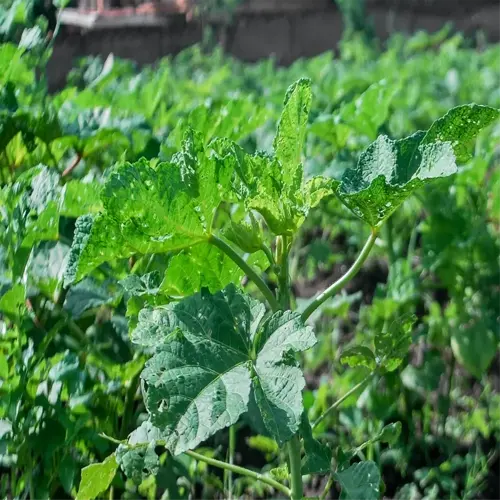Are papaya trees short-lived?

Written by
Liu Xiaohui
Reviewed by
Prof. Martin Thorne, Ph.D.Papaya trees most often decline after 2-4 years, but my ‘Red Lady' type lived for five years in a 25-gallon fabric pot. Their short lifespan is the result of shallow roots and heavy fruiting, and careful growing and nurturing can lengthen productivity to upper limits.
Replanting Schedule
- Plant new seeds every 12 months for staggered harvests
- Replace aging trees at first yield drop
- Rotate planting sites to avoid soil depletion
Container Advantages
- Dwarf varieties survive 5+ years in 30-gallon pots
- Use air-pruning containers to prevent root circling
- Refresh top 6 inches of soil annually
Root Management
- Prune circling roots every 6 months
- Apply mycorrhizal inoculant during repotting
- Mulch with ramial wood chips for fungal support
Root pruning rejuvenates older container papayas. I use a serrated knife to slice off the outer 2 inches of the rootballs two times a year and repot with new compost. This method increased the productive life of my ‘Sunrise' tree 18 months longer before it had to be replanted.
Soil Mix
- 40% coconut coir for moisture retention
- 30% perlite for drainage
- 30% vermicompost for nutrients
Fertilization
- Apply 5-7-9 slow-release pellets quarterly
- Foliar spray seaweed extract monthly
- Test soil calcium yearly
Succession planting guarantees continuous harvests. Each March and September I plant seeds in the empty spots and harvest older trees after the yields diminish. This planting pattern allows an endless supply of fruit throughout the year and provides breaks for the soil to recover. Between plantings, the used soil can be solarized to eliminate pathogens.
Read the full article: How to Grow Papaya: 8 Essential Steps for Success

